

After the
rebuilding of Schneidemühl in the wake of the Great Fire of 1834
and after the elimination of the
old ghetto, many Jewish families began to live on and around the town's
squares and its adjoining streets. An examination of the
Schneidemühl
City Directory of 1896 reveals how the new Jewish burghers clustered
there as a result of the commercial upswing, brought about by the
unification of
the German Reich in 1871.
Nearly one third of the houses on Neuer Markt, Mühlenstrasse, Friedrichstrasse, Posenerstrasse, Wilhelmstrasse were Jewish owned, while some had only Jewish tenants. This was Schneidemühl's Jewish heart. Ironically, the occupations that had been forced upon Jews over the centuries now helped them to excel—often to become leaders in their field—and to climb the ladders of success in this era of industrial capitalism. Fin-de-siècle Schneidemühl could boast of a petit bourgeoisie that then included some of the wealthiest and best-known Jewish families. These surviving
calling cards (below) from the last decades of the 19th and the early
20th century make for interesting reading.
(Excerpted from the recently published
book
History of the Jewish Community of Schneidemühl: 1641 to the Holocaust) |
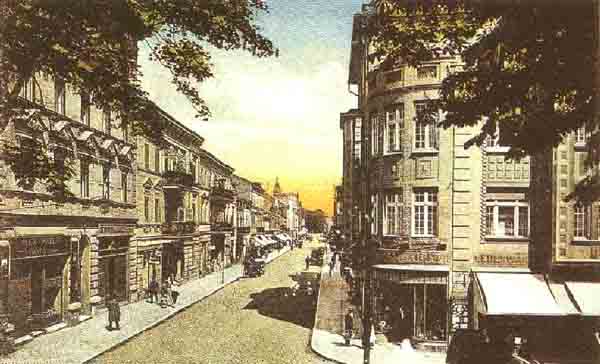

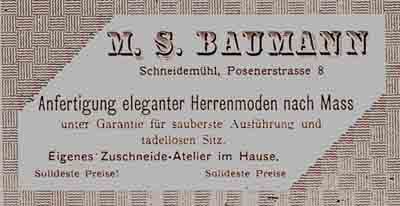
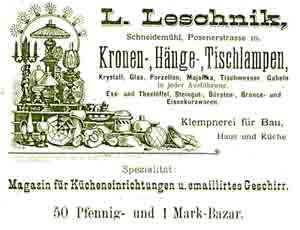
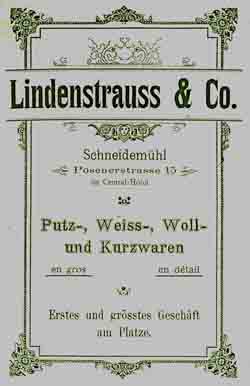
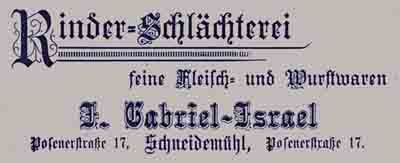

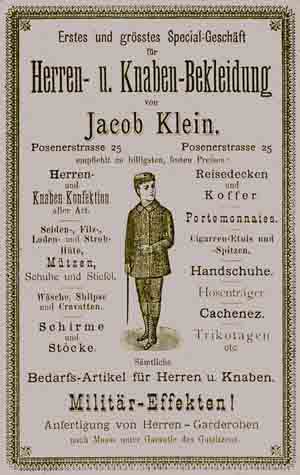

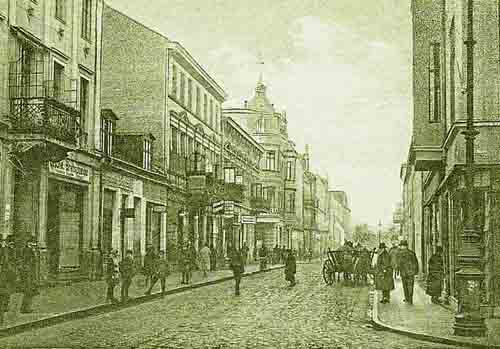
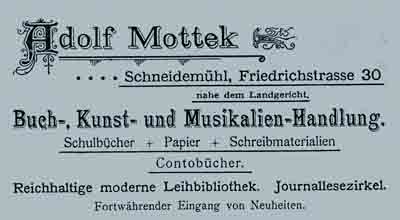
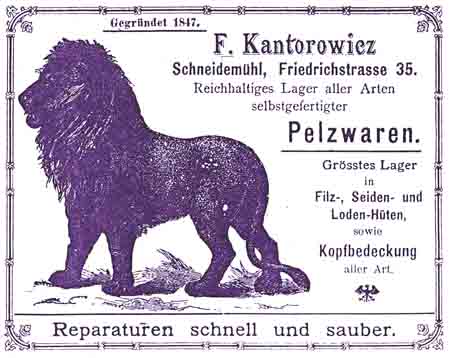

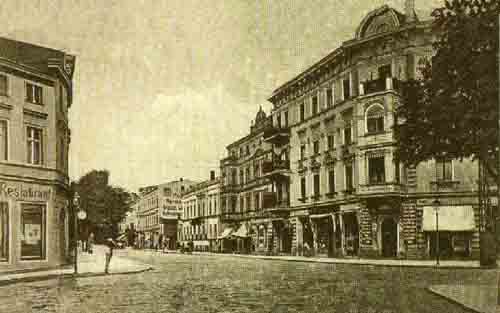
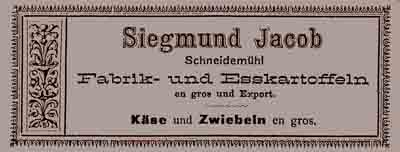
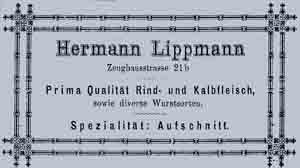
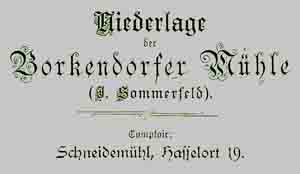
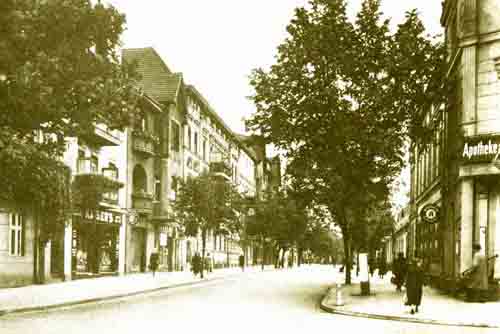

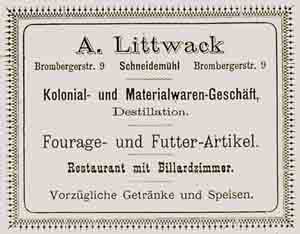

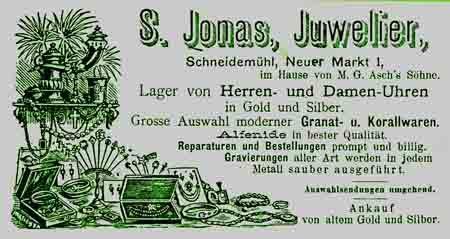
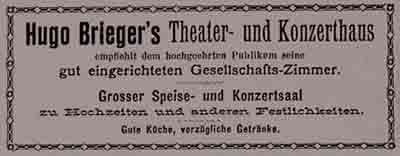
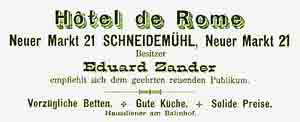
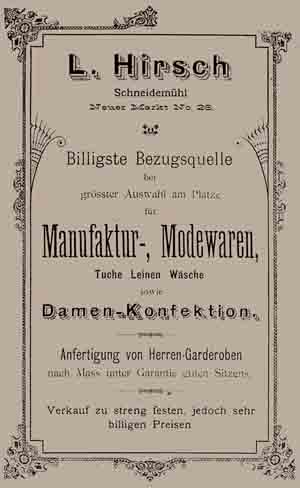
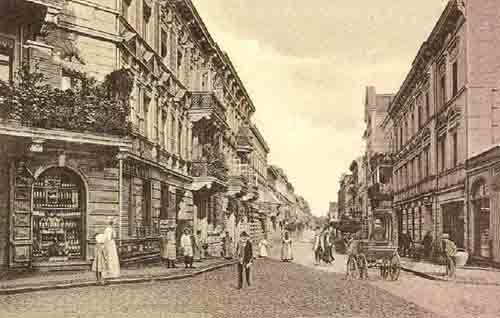

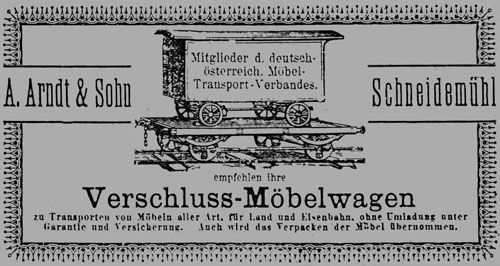
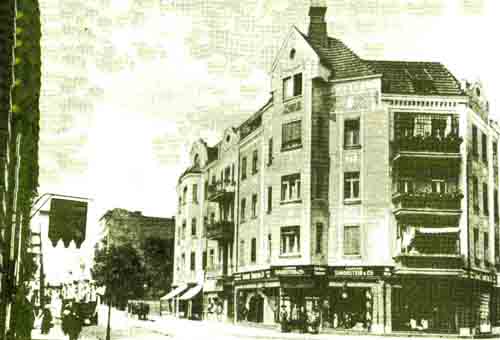
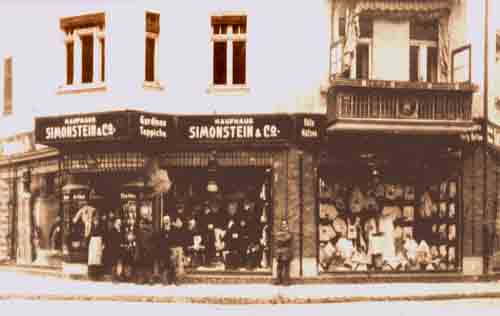
|
|